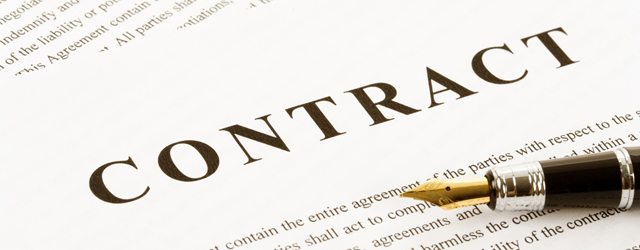Buy Self-help legal documents

This article is focused on New Zealand law and explains issues from a Common law perspective.
How to recover a debt from a NZ company
Introduction
The NZ COMPANIES ACT 1993 provides a quick procedure for ensuring payment, or at least of knowing if the payment is possible.
First, serve a "statutory demand" on the company
To recover money from a company you must serve a "statutory demand" for the debt. This demand must be in writing and should be served on the debtor company's registered office. The demand must require the company to pay the debt, or to secure the debt or settle it in some way.
The company has 15 working days after being served to comply with the notice.
What if the company disputes the debt?
If the company disputes the debt it has 10 days after being served with the statutory demand to apply to the court to have the demand set aside.
If the company does apply to have it set aside, the Court can decide at that hearing if the company should be liquidated.
What if the company hasn't paid after 15 days?
If the company hasn't paid the debt after 15 days, and it has not disputed the debt, then it is deemed unable to pay its debts, and you can therefore apply to the court for the company to be placed in liquidation.
If the company wishes to defend the liquidation, it has 14 days to file and serve a Statement of Defence.
You must advertise in the local newspaper and in the New Zealand Gazette that liquidation proceedings have been started, including the place, date and time set for the hearing. The advertisement must be published at least seven clear days before the hearing date.
The company can pay the debt any time up until the court hearing. However, costs would be paid to the party applying to place the company in liquidation.
Appointment of a liquidator
If the company's defence of your liquidation application is unsuccessful, or if it does not file a Statement of Defence, the court will appoint a liquidator to take control of the company and to try to satisfy its creditors. The liquidator must ensure that all moneys that are recoverable are in fact recovered and that the payments are made in order of preference (see the Cautionary Notes below).
For more on liquidation, see related article How to liquidate a company.
Order of preference for creditors
If you are attempting to recover a debt from a company, you should know where you are in the order of preference for creditors should the company be liquidated. The order is as follows:
- those owed wages, including holiday pay
- certain payments to the Inland Revenue Department (for example, PAYE)
- secured creditors
- unsecured creditors
Note that creditors are paid after the costs of the liquidation have been met.
Cautionary notes
- It is important to be aware of where you are in the order of preference for payments to creditors. If you are an unsecured creditor, and therefore last on the list, you should consider carefully whether it is worthwhile bringing legal proceedings to liquidate the company; it may be that bringing proceedings would lead to costs greater than the debt you are trying to recover.
HowToLaw has partnered with JustAnswer.com
Here you may discuss your legal issue with Lawyer specialising in Family, Employment, Immigration, Property, Business, Consumer Protection, Estate Law and more.













